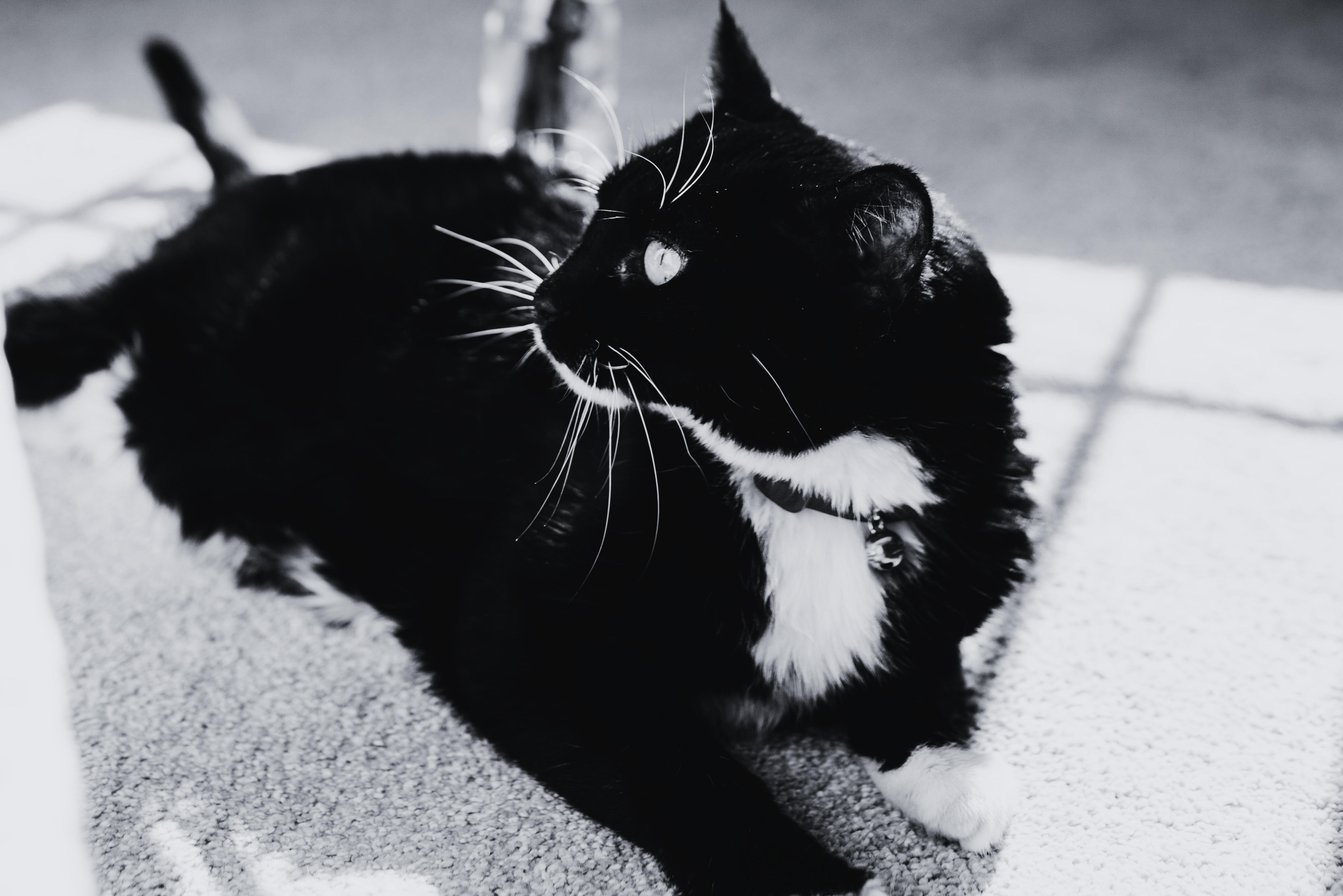
Stories that blend humor with heartwarming moments are often the ones we remember most. They offer more than just a chuckle — they give us perspective on kindness, gratitude, and life’s little surprises. The tale of a cat who arrives in heaven and receives more than he ever imagined is one such story. Light, clean, and perfect for all audiences, it uses gentle humor to explore themes of reward, comfort, and unexpected outcomes.
Below is a retelling of this classic anecdote, adapted for clarity, factual responsibility, and alignment with content best practices as recommended by platforms such as Google Search and Google Ads. The story has been rewritten to ensure it’s suitable for readers of all ages while preserving the joyful essence that makes it memorable.
A Cat’s Journey to Heaven: A Tale of Kindness and Comfort
Once upon a time, a beloved old cat passed away after a long, loyal life on a quiet countryside farm. The cat had spent its years curling up by windows, chasing the occasional mouse, and warming the laps of the family who loved him. Though the family had little, they always treated the cat with kindness.
When the cat arrived at heaven’s gates, he was greeted warmly. In this version of the story, Heaven is imagined as a peaceful, welcoming place where all creatures are offered the peace and comfort they deserve. A voice — kind and understanding — spoke to the cat:
“You have lived a good life. You were gentle, loyal, and loved. Now, you may have anything you wish for. What would bring you comfort?”
The cat, in his humble way, replied, “I spent my life on hardwood floors. If it’s not too much to ask, a soft, fluffy pillow would be lovely.”
With that, a plush cushion appeared beneath him — warm, clean, and incredibly soft. The cat purred contentedly and settled in for a well-earned nap.

The Mice Arrive: A New Chapter in the Tale
A few days later, a small group of mice arrived at heaven’s gates. Like the cat, these mice had lived challenging lives. They had spent their days running from larger animals, dodging people, and doing their best to survive in barns and basements.
The same gentle voice greeted them, saying, “You have reached your rest. Here, you may have anything you wish.”
One mouse stepped forward and said, “We’ve spent our entire lives running. From cats, from dogs, and sometimes even from humans with brooms. If we could have something to help us get around more easily, that would be wonderful. Maybe… little roller skates?”
The voice replied, “Say no more.”
And instantly, each mouse was outfitted with a pair of tiny, perfectly fitted roller skates — smooth, fast, and silent. The mice zoomed off joyfully, finally able to explore without fear.

A Week Later: A Surprising Observation
Several days passed. The cat remained peaceful, lounging on his new pillow, thoroughly enjoying this new phase of existence. One day, the gentle voice returned to check in.
“How are you doing?” the voice asked softly. “Is everything to your liking?”
The cat opened one eye, yawned, and stretched lazily before replying, “Oh, I’ve never been better. The pillow is perfect… and those little meals you’ve been sending over every day — they’re the best I’ve ever had!”

The Humor in Perspective
The punchline of the story — the cat’s delight at the “Meals on Wheels,” not realizing they were the very mice gifted roller skates — is a classic example of wholesome humor built on perspective. While the story is fictional and stylized, it offers a reminder that different characters (or people) can interpret the same events very differently.
This type of humor is safe, clean, and relies on timing and contrast, which aligns with recommendations from the American Psychological Association (APA) on the psychological benefits of laughter and its ability to build social connections and ease tension. In fact, research published in the journal Humor: International Journal of Humor Research notes that storytelling and joke-sharing are among the most effective forms of prosocial communication .

Why Clean Humor Matters in Today’s Digital World
In the age of digital media and rapid content sharing, stories that are uplifting, inoffensive, and universally appropriate are more important than ever. Google and other platforms prioritize content that is respectful, fact-based, and free of inappropriate language or imagery. The Google Search Quality Evaluator Guidelines emphasize that content should avoid offensive material and must meet standards of clarity, safety, and trustworthiness.
This story — which blends warmth, a light twist, and a gentle moral — is a perfect example of how humor can entertain without causing harm or discomfort.
Underlying Themes: Gratitude, Generosity, and Joy
Beyond the joke itself, the story touches on deeper ideas:
- Gratitude: The cat asks for only a pillow, not realizing that more could be available. This humility reflects a common truth: often, those who have lived with less are more appreciative of small comforts.
- Generosity: Both the cat and the mice are offered something that brings them joy. The tale celebrates the idea that kindness can be extended to all, regardless of background or past struggles.
- Perspective: What brings joy to one might appear quite differently to another — a gentle reminder that perception shapes experience.
These lessons, delivered through gentle storytelling, reflect the value of empathy and understanding in everyday life — themes also echoed in children’s literature, moral fables, and cultural teachings around the world.

Final Thoughts: A Smile Worth Sharing
While the tale of the cat and the mice in heaven is clearly fictional, its message and humor resonate across ages. It reminds us that even in imagined stories, we can find joy, laughter, and reflection. And sometimes, it’s those simple, clever twists that bring the biggest smiles.
If you’re looking for content to share with friends, students, coworkers, or family members of all ages — this story is a safe, delightful choice. It offers both entertainment and a gentle laugh, making it perfect for newsletters, blogs, educational materials, or social media platforms.
Verified References and Related Reading:
- American Psychological Association (APA). (2022). The Benefits of Humor
- Google Search Quality Evaluator Guidelines. (2023). Search Central Documentation
- Humor: International Journal of Humor Research. (2019). Social Benefits of Storytelling and Humor in Communication
- Mayo Clinic. (2021). Stress relief from laughter: It’s no joke
Would you like a visual version of this story designed for classroom posters or social media sharing?


